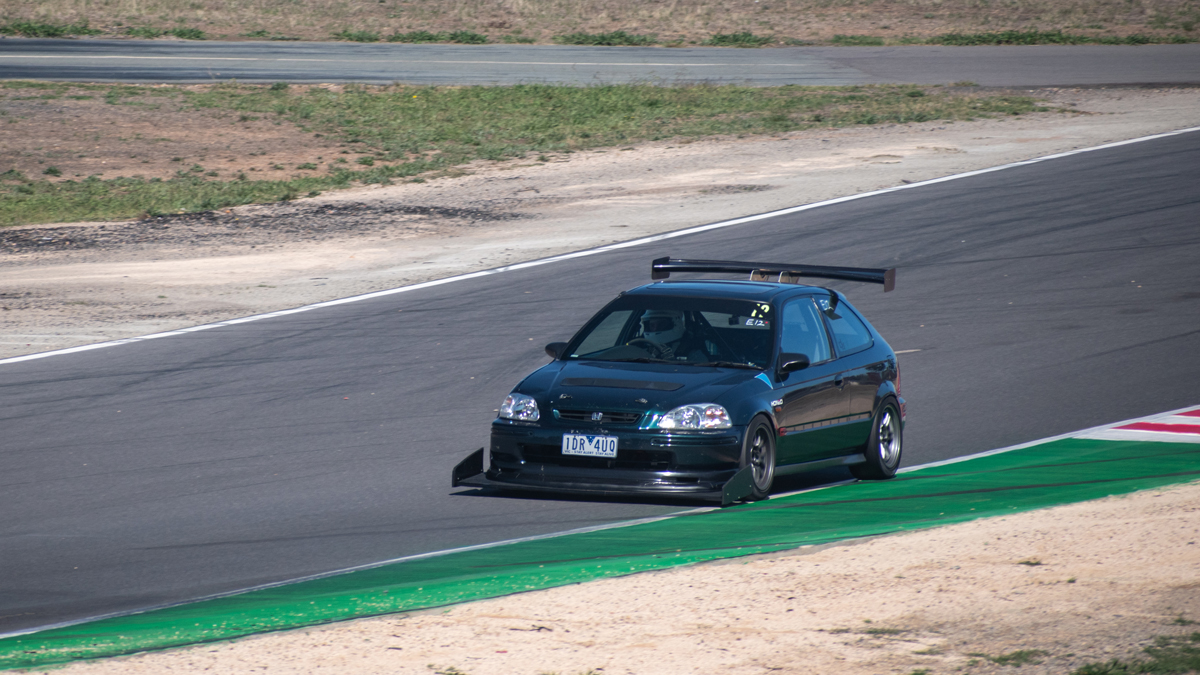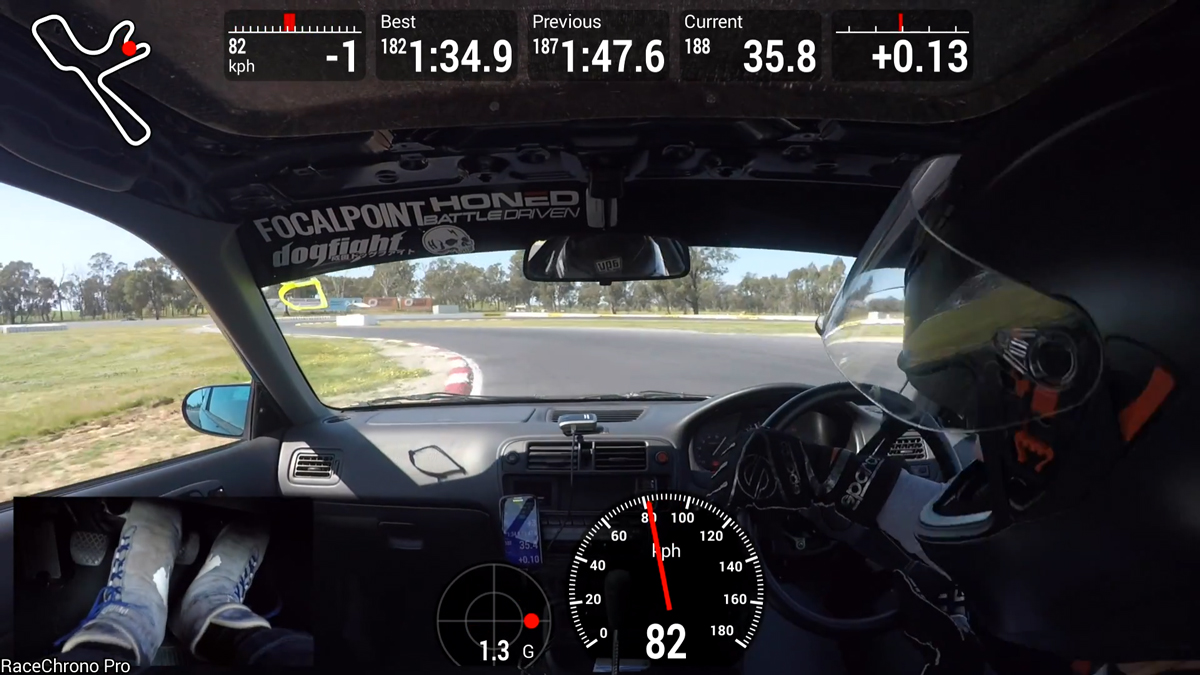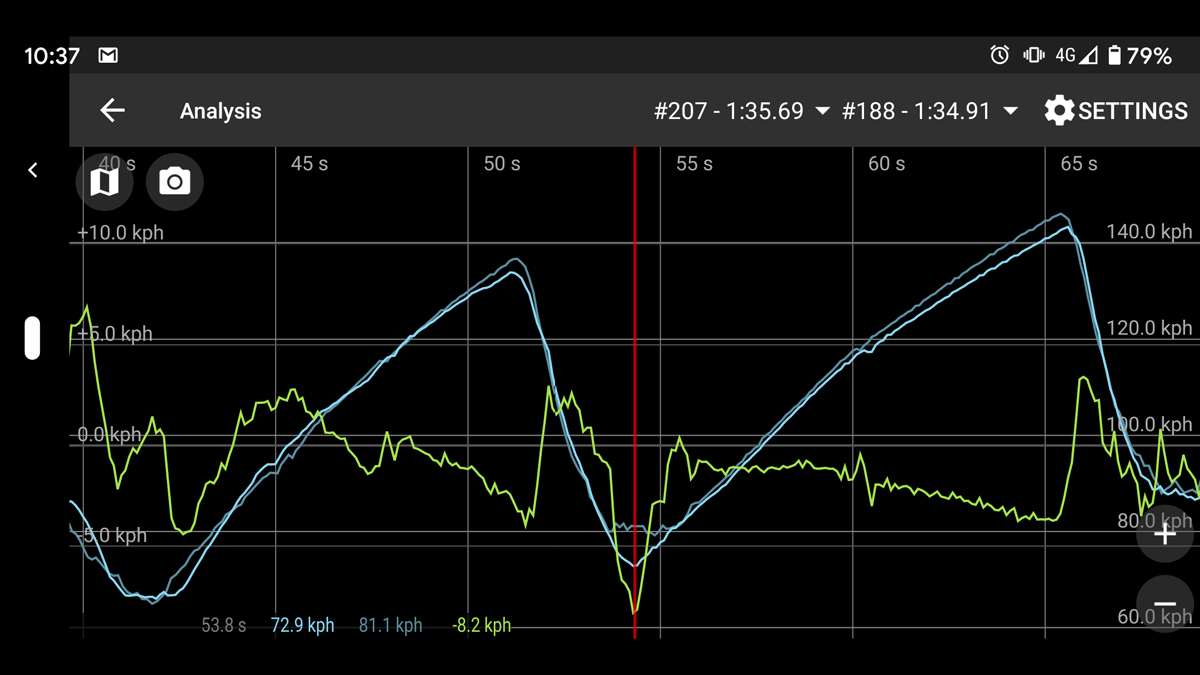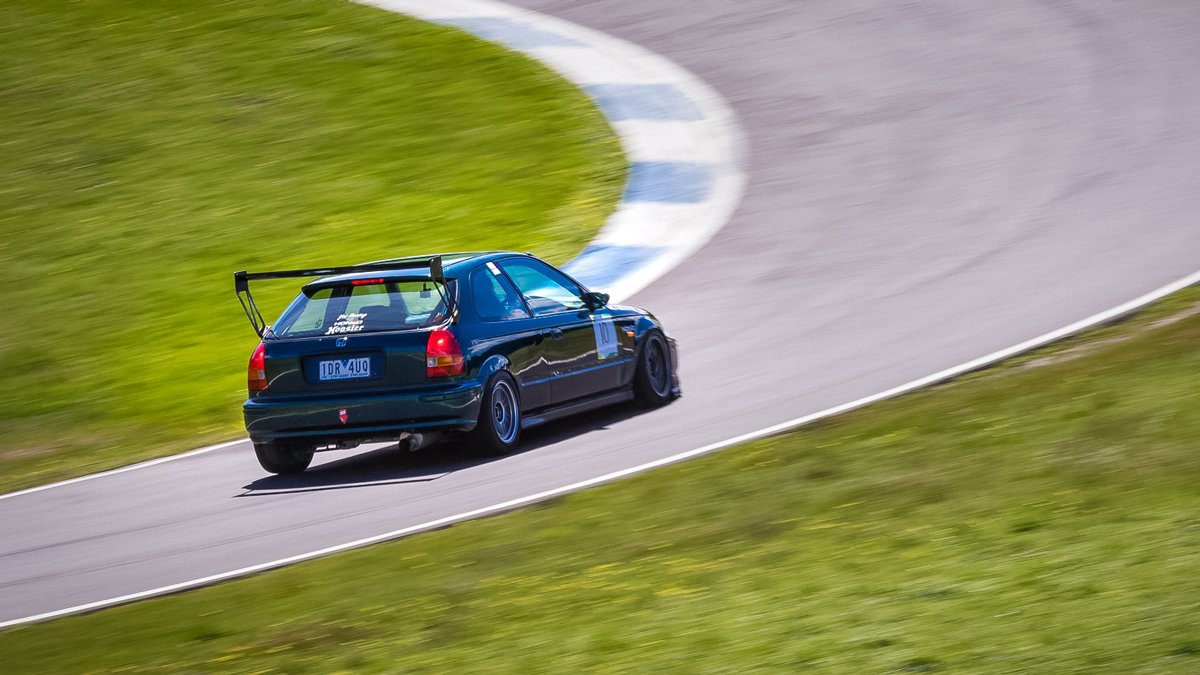Practice makes perfect. In the world of driving that typically means more seat time – “If I had more time to drive I would go faster”. I’ve used it, you’ve used it, but what does it actually mean? Are you going to go faster simply by driving more? Or if you don’t constantly review yourself, will you just repeat the same mistakes over and over?
Yes, practice helps. You are never going to be proficient at anything, including driving, if you do it twice a year. You may improve over your previous efforts, but your progress will be limited if you spend most of the day getting back up to speed and coming to terms with both yourself and your vehicle after a long break.
This is especially the case if you’ve installed new modifications; are you getting the most out of them or would that money have been better spent on your own abilities?

This isn’t to say that practice in itself is enough. There are plenty of regular track day goers who haven’t gone any faster in months or years. They may think they need more seat time, but if all they’re doing is practicing the wrong thing, they won’t get a different result. Not all seat time is created equal.
This is where a plan comes in. If you’re attending a track day you should have a very specific ideas about the changes you want to make to your driving or car setup that will help you go faster. This will ensure you make the most of your track time and improve as quickly as possible.
For example, at the first Esses at Winton, you might have the choice of going back to second, which will put you right at peak power but may require a lift through T2 for traction, or you could stay in third, reducing the need for both a downshift and upshift and allow you to stay flat through T2. Does your car have enough torque to handle the higher gear (mine doesn’t!)?

One of the best ways to prepare for you next track day while participating in your current one is to film yourself.
- GoPro, dash cam, anything that gives you the ability to visually review your driving. I have recently added a foot camera, so I can include my feet inputs in my data review, and uncovered a few spots where my heel-toe or left-foot braking can be improved. Noted for the next track day!

This is the view I have found provides the most benefit to improving my seat time. From this view I can see the circuit, what I am doing, my inputs via the steering wheel and gearshift as well as the pedals thanks to the foot cam. The latter became a great asset when I started to focus on left-foot braking.
The overlay from RaceChrono is great as it provides all the data seen in the below telemetry, but relative to the visual from the video. It is interesting to see corners where you are faster on entry but then overshoot the apex and end up going slower than a smoother and ‘slower’ entry. You can see I am 1kph down on my best sector through this section of Winton.
Record as much data as you can.
- A simple solution is RaceChrono with an external GPS. This will give you accurate speed, track position and sectors that you can use to compare your own laps as well as those of others. This is particularly useful when you see a similar car going faster through one section of the track compared to you. What is that driver doing that you are not? Ask them, hopefully they have also filmed themselves and you can share the data and experiences together. Raise the limit of driving with a group of friends. It is easier to go faster together, push each other’s limits and everyone will be learning and running new PBs.

This is an example of the data available via RaceChrono, which was overlayed in the previous in-car screenshot. This is a comparison of two laps, showing speed (Y-axis) and lap time (X-axis) traces, along with the green line, which is the difference in speed between the two compared laps. This is a great example of the difference a small reduction in speed through a corner can make on exit speed and the speed down the next straight. The slower lap was early in the day with a fairly large change in setup, along with old tyres, which all contributed to my hesitation in driving the car with complete confidence. (Insert other racing driver excuses…!)
- Take notes in between sessions. This can include car setup as well as your driving. Are you pushing too hard late in the day and overheating your tyres? Is the car not rotating like you thought it should? A handful of notes can be key to collating the data and your thoughts. What you thought may have been faster was actually slower.
- Ask questions
- I am not an expert and you probably are not either. If you see someone going faster than you, ask what they are doing in a section of the track and review their answer. You may be able to harness their knowledge and experience to gain an advantage to further reduce your lap time. It could be car setup, driver skill and experience, or just their greater familiarity with a circuit. You will not know if you do not ask.
- Read books, listen to podcasts
- There is a wealth of driver knowledge out there in the world. Some of it is written in books, some of it on Instagram and a huge amount of detail is available via podcasts. Ross Bentley’s is one of the world’s most revered driving instructors and his book and podcast are the perfect place to start.
- Play video games
- The sim guys will hate me calling them video games, but there are definite benefits to honing your skills as a driver via a sim setup. Not all sims are created equal, so practicing your trail braking on a sim may not translate exactly to your race car, but it does provide a chance to practice your driving when attending the track is not possible.
- Have a plan.
- Once you have reviewed the above, you need to have a plan of improvement for your next track day. I touched on it earlier but it’s worth reiterating. There is no point attending an event and expecting to improve if you cannot pinpoint those improvements before you arrive. It is critical! This could be driving or car setup related. “I will left-foot brake through T7 to assist in rotating the rear”; “I changed the rear damper rate to increase rotation from T4 to T6”.

One you arrive at the track, having reviewed your data and made a plan, there shouldn’t be anything stopping you seeing some results. These may not be positive and the plan may need revising, as not all theory works in practice. Luckily for you, you’ve still got most of the day left to work on the details and improve on your lap times, as you didn’t go out to aimlessly drive around with hopes and prayers!
The great part about reviewing your data is that it is ongoing; you will continue to refine and improve your driving as your skills increase, in addition to any improvements you make to your car. It is a never ending process and that is what I love about trying to drive my car faster than I have previously!!

Written by Rhys Yeomans
Experienced Track day goer and Honda Civic EK4 Enthusiast
Powered by Best16
